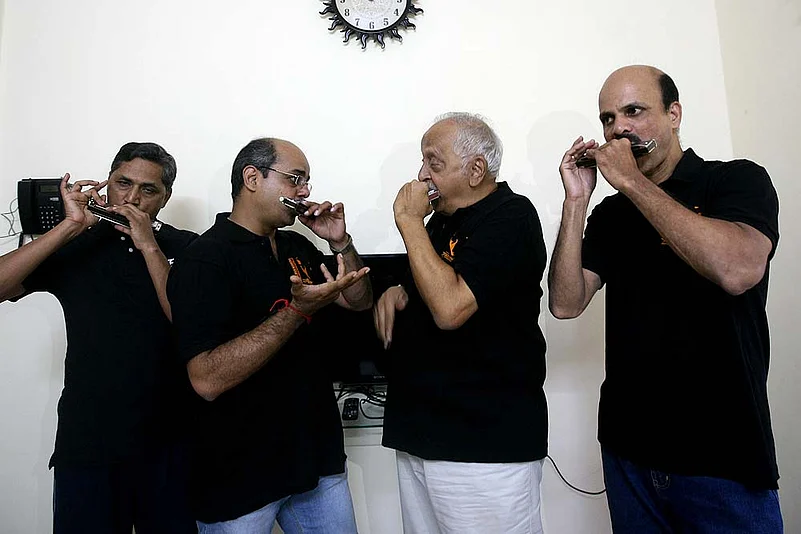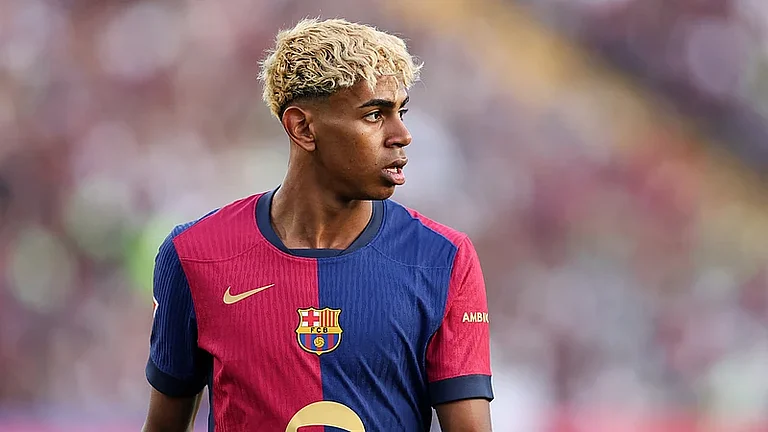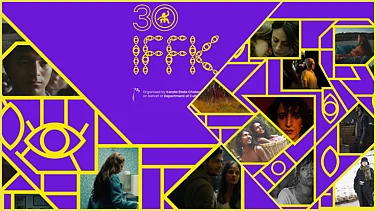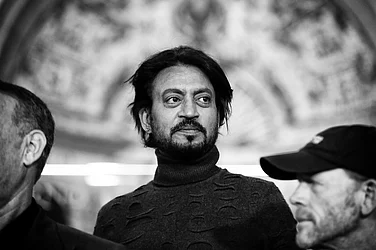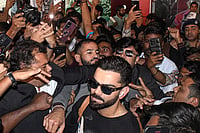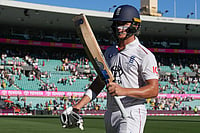It’s perhaps one of Indian cinema’s most talked about romantic scenes, it’s night in Ramgarh and widow Jaya Bhaduri is slowly turning off the lights while watching Amitabh Bachchan sitting on his porch teasing a tune out of his harmonica. The scene, of course, is from cult classic Sholay, but it’s the haunting harmonica sound which sets it all up. Cut to rain-soaked Mumbai and another wind-swept song, this time from Manzil and it’s Big B again romancing Moushumi Chatterjee in south Bombay as the unforgettable Rim jhim gire saawan plays in the background. Now put the two songs on shuffle and what you have is an evening dripping with nostalgia, thanks to the Mumbai Harmonica Group, an informal coming together of lovers of the tiny musical instrument. Once a staple with Bollywood heroes, it’s sadly disappeared from the public consciousness of late.
At the Malabar Hill Club, adjacent to the Hanging Gardens, several people (mostly senior citizens) are making their way through the leafy rain-soaked lane on to the terrace for a programme on “barsaat” (monsoon songs) by the Mumbai Harmonica Group. Dressed in black T-shirts, enthusiasts practise and check the sound systems before settling everyone down. Heavy rains give company throughout as members of the group belt out songs starting from Raag Miya ke Malhar to Aankhon se tu ne yeh kya keh diya, a popular rain song of the ’90s. And when the crowd hears Rim jhim gire saawan (played by Dr Zubin Vaid), it’s time for some vigorous clapping and calls for encore.
Ramesh Parikh, 77, retired chemical engineer and founder and be-all-and-end-all of the group, says he’s been playing the harmonica or the mouth organ for 53 years now. “But all this started when my granddaughter put two short videos of me playing. It got a good response and I started connecting with other harmonica players. One thing led to another and we got together for jamming sessions,” he says. He’s still got a child-like enthusiasm, still seeking players out, organising programmes and, until recently, even performing for free.
Within a year, the number of members has gone up to 50, the youngest a 12-year-old boy and the oldest an old Parsi lady, “Coomi aunty”, who’s in her 80s. At any given programme, at least 15 of them manage to come together. Although there are harmonica associations in Ahmedabad, Baroda, Indore, Bangalore, Hyderabad, Chennai, Delhi and even Haridwar, this is the first such association in Mumbai since Phiroze Damri’s Club (see box). They have jammed for runners during the Mumbai Marathon, played on Republic Day and have planned many more jigs in the coming months.
“We have members who are 10th pass to a cardiologist who comes from Churchgate to people travelling from Nala Sopara, Panvel, Thane, only for the love of the harmonica,” says Anil Aradhye, who comperes the programme. He too performs but has to restrict himself nowadays due to a heart condition. Although most of them are self-taught, there is no compromise on the quality of the sound. “Since we get repeat requests, the people must have liked it,” he says.
“The mouth organ, which belongs to the reed organ family (wind) of musical instruments, was first invented in 1762. It travelled all the way through China, Japan, Taiwan and Hong Kong to reach India. It was very popular with soldiers because of its pocket-sized fit. And it has been used in jazz, American folk, rock ’n roll, country and, of course, Hindi film music,” says Aradhye, reeling out fresh nuggets like Abraham Lincoln carrying a harmonica with him always and the shortage of harmonicas during World War II.
For the players it has brought about a fresh lease of life in their otherwise stressed out, mundane lives. “It was a long lost passion and performing with the group makes me very happy,” says Dr Zubin Vaid, practising MD (physician) and director of Unique Hospital and Polyclinic who is in his early forties. “My children are the happiest. Even when we are together I used to be only talking about patients on the phone. This has made a huge difference. I try to perform whenever I can but it is not always possible,” adds Vaid, one of the few classically trained mouth organ players (see box).
Indeed, the efforts of the group have created enough curiosity all around these days. “The players really go out of their way. It is commendable to see how they have been performing,” says Nazneen Gamadia, a formally trained player, who attended the “barsaat” programme for the first time and immediately performed in the next one at the Parsi Colony. “I am used to playing western music and this group mostly plays Hindi music but I can practice and do both. It’s just so nice to just go out there and play,” she says.
The group which takes out contributions for expenses and accompanying musicians has recently started charging a small fee too for the programmes. For the quality and fun the group promises, the audience should be more than willing. So the next time Bollywood wants to dig into the past for inspiration, they needn’t look beyond the group for some quick training in playing the tiny little harmonica. Perhaps that’ll be another cult scene in the making.
***
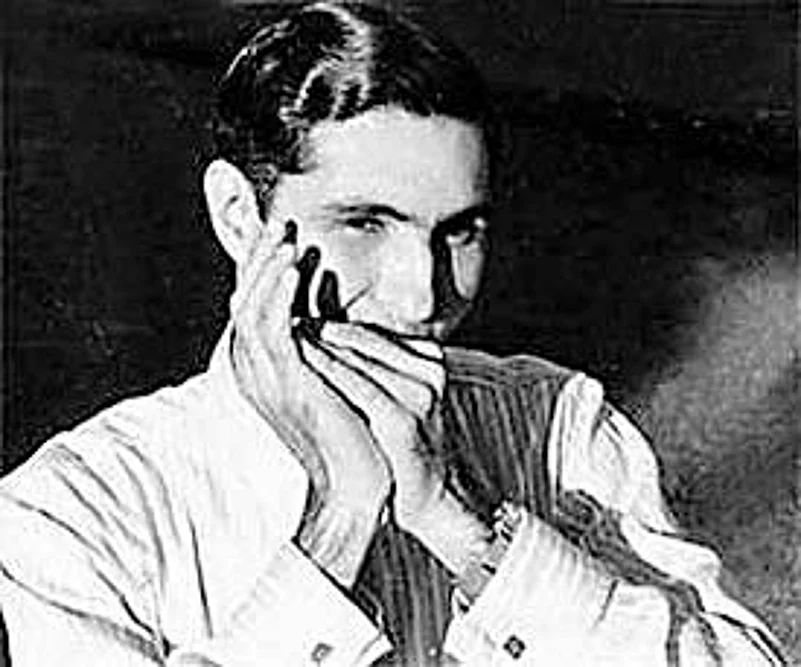
Damri No Dikro
Phiroze Damri was Pied Piper on the harmonica in Bombay
The story of the harmonica in Mumbai would be incomplete without mention of the late Phiroze Damri, the city’s one and only exclusive harmonica teacher. Phiroze founded and ran the Hohner Harmonica Club for six decades, starting in 1937 and taught thousands of children for free or for a nominal fee going from one school to another. Before he died at the ripe old age of 91 in 2005, he had trained generations of harmonica players, mostly from schools in south Mumbai. “The German mouth organ manufacturer, Matth Hohner, gave him a fee to teach the harmonica to children and spread its popularity,” says Ramesh Parikh. “The man was a phenomenon.” The story goes that Hohner gave him a Teach Yourself Harmonica book to master within three days. He was given a fee of `80 for it. His wife Piloo, his student and also a fine harmonica player herself, would teach the younger lot and once they crossed the basic level Phiroze would take over. Dr Zubin Vaid, one of his students, says, “I went for many radio and DD programmes, which was a big deal in those days, and played at many programmes. Phiroze Damri was a great teacher.”
Harmonica player Darius Engineer has been in touch with Piloo Damri and looks after her. She’s recovering from a long illness and can’t speak for long. “Phiroze taught for many years. Even I used to teach. But that was a long time back,” says Piloo at her Churchgate residence. Phiroze even performed at the inaugural world harmonica festival at Duisburg on the Rhine in 1953, and continues to be the stuff of legend even now.






